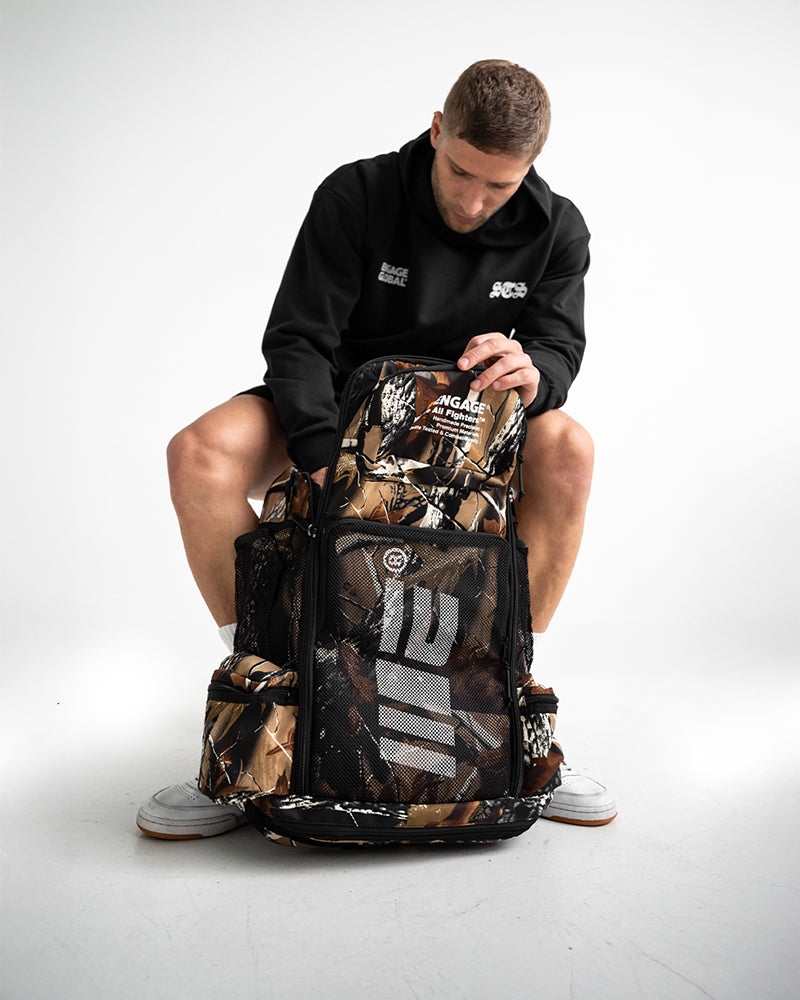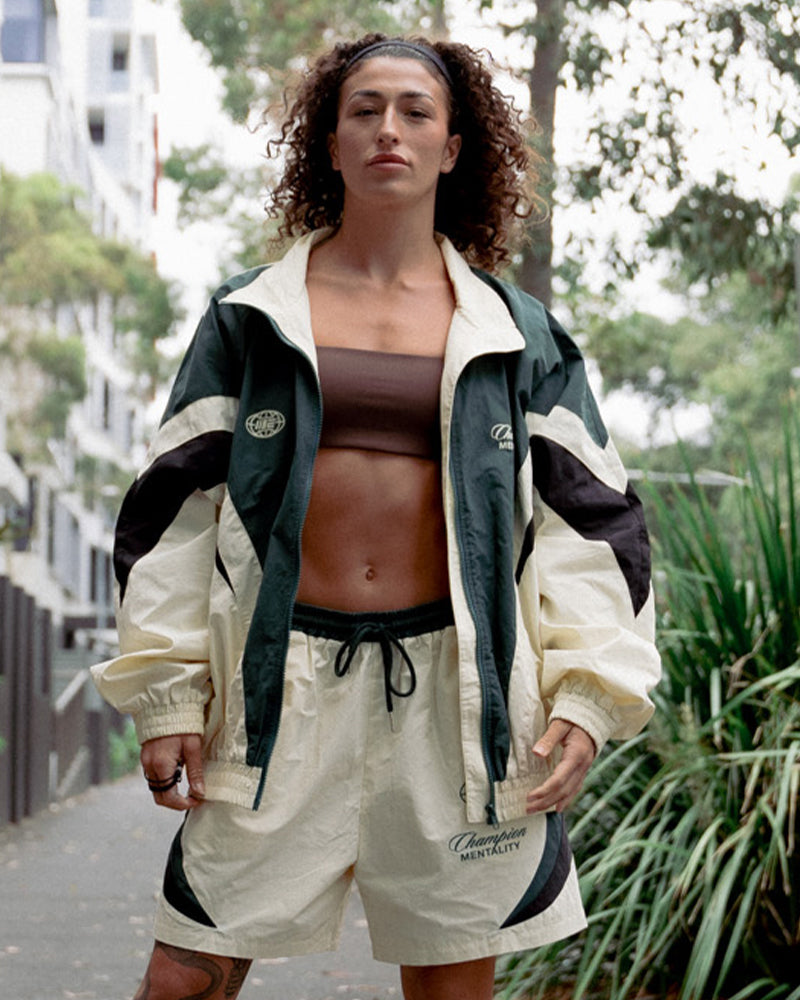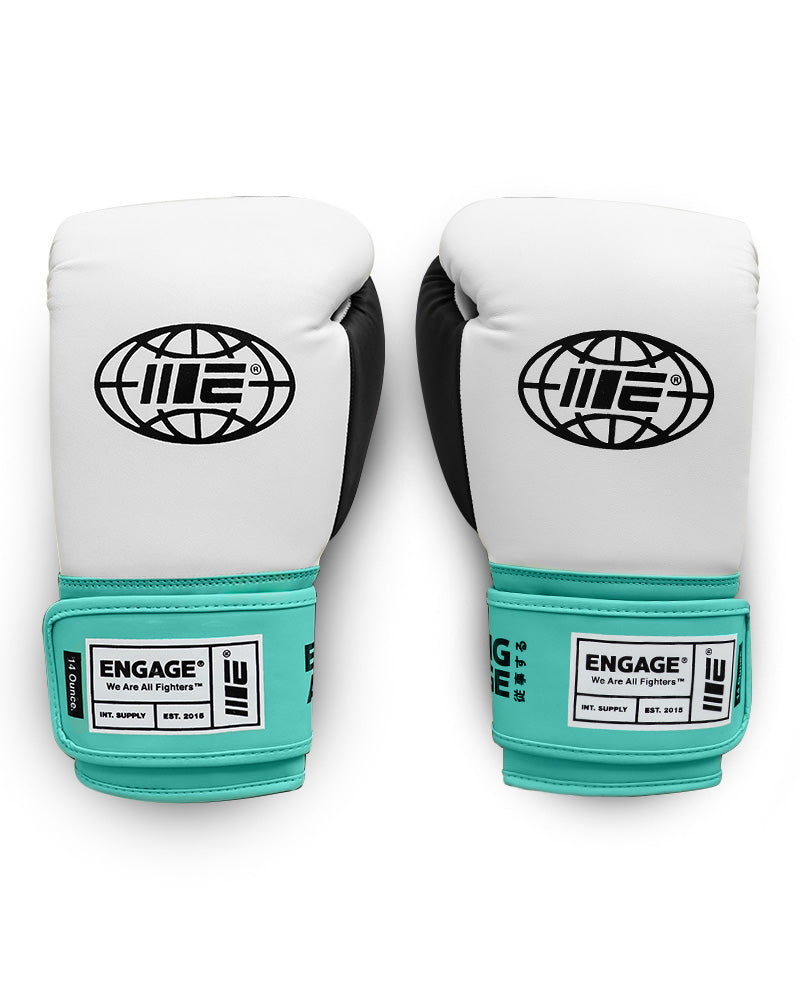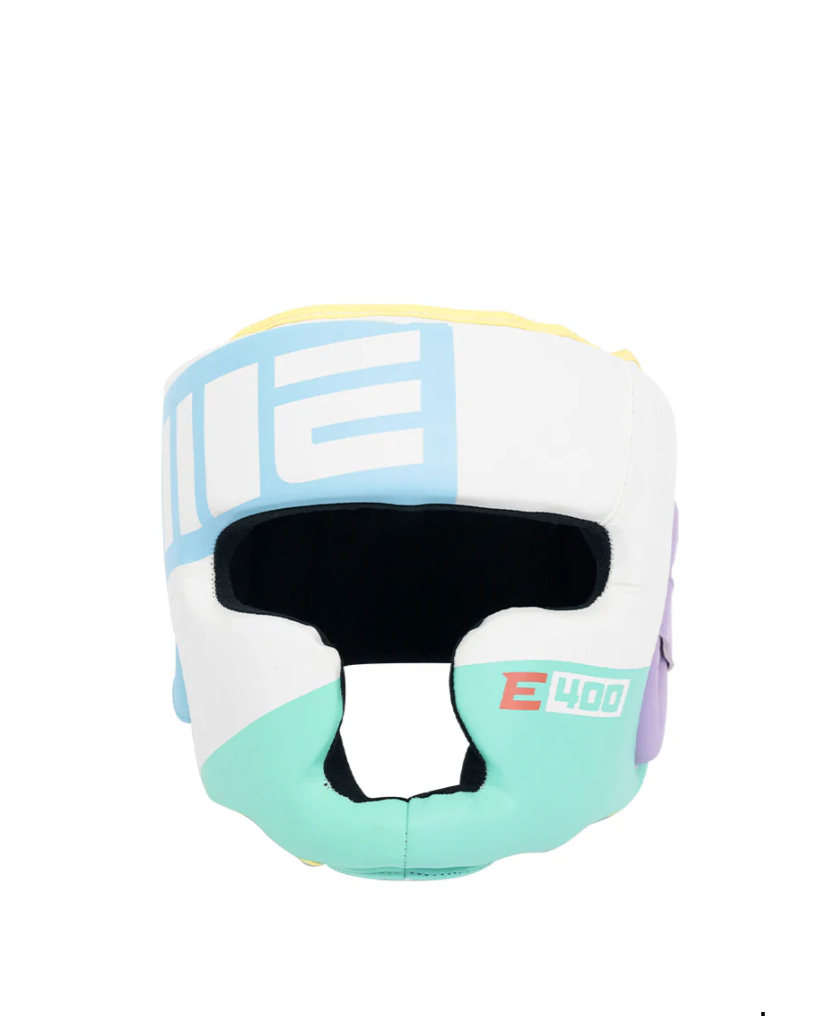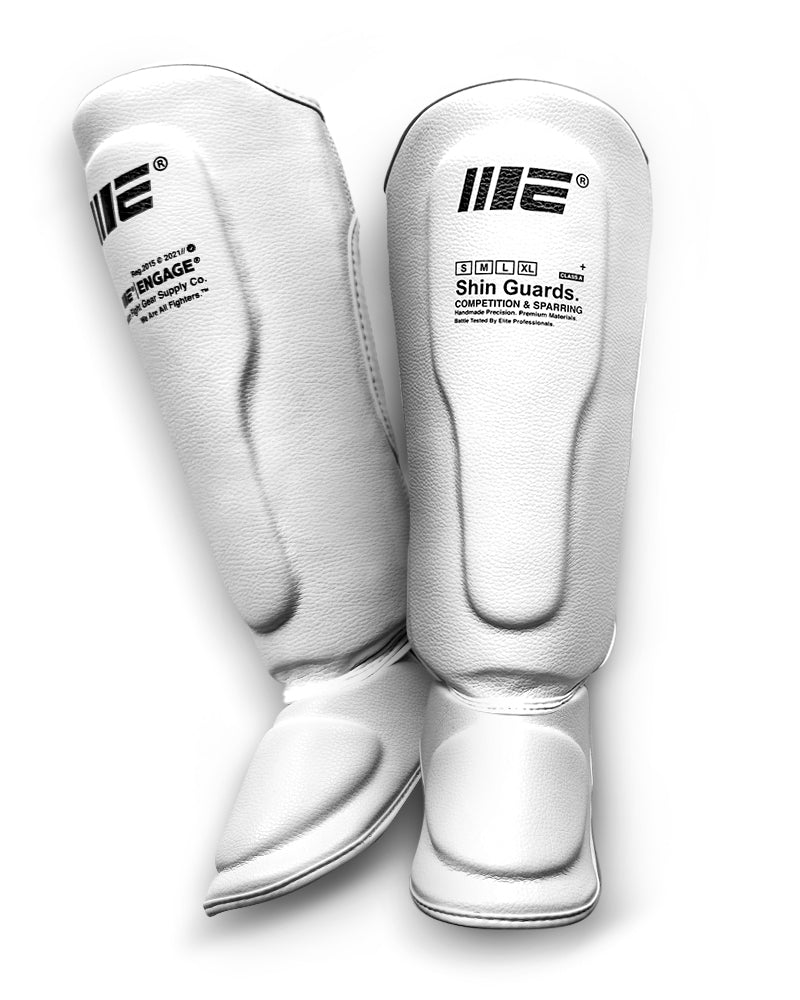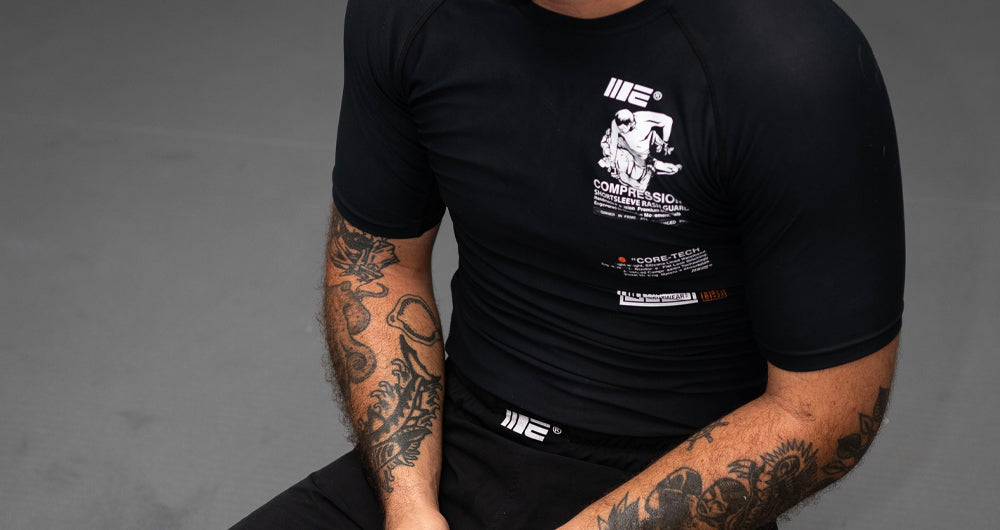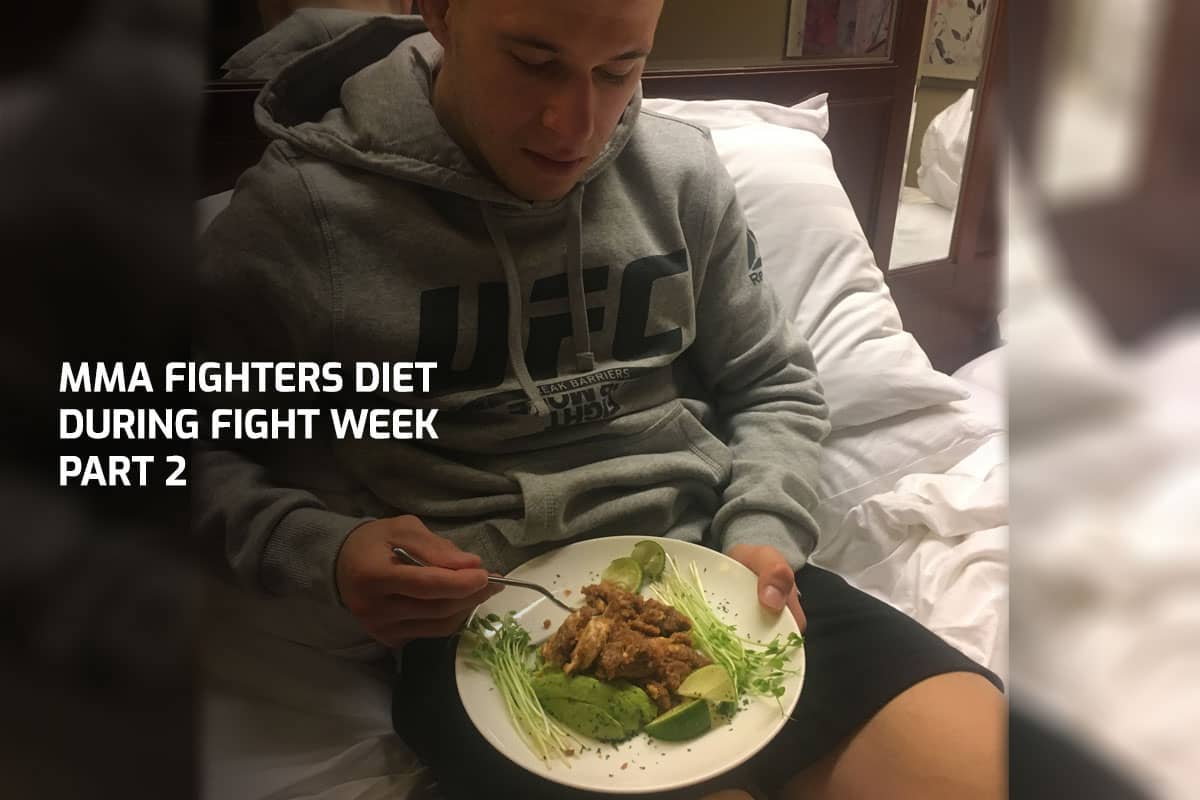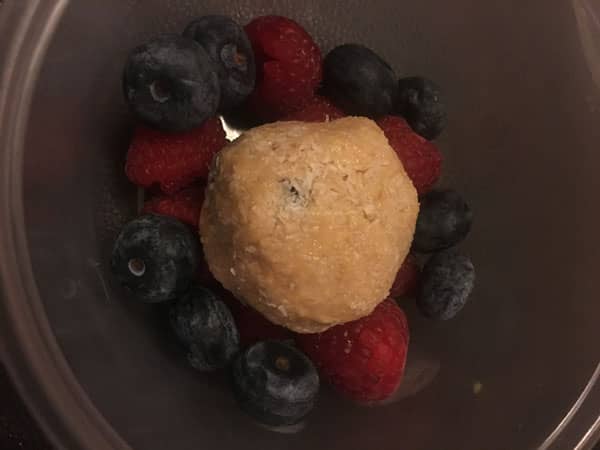Cutting Weight Strategy
Water Loading
Water loading involves drinking an increased amount of water to encourage the body to urinate excess water. For my athletes, I follow a protocol that was established through research at the Australian Institute of Sport.
The amount of water consumed is determined by a simple equation. Bodyweight x 115 milliliters. This is completed for three days and then the day prior to weigh-ins we just sip on less than 2L throughout the day. It is during this period that the body will continue to urinate water out despite the intake being drastically reduced.
By constantly pushing water through, your kidney opens more aquaporins. Aquaporins act as gates that let water out, the more gates you have open the more water you let out. If you want to learn more about this check out The Fight Science Podcast episode with Dr. Reid Reale
Limit Salt Intake
The reason we limit sodium is that it holds water. By reducing the amount of sodium in the body you hold less water, thus making you lighter. The easiest way to limit salt is to avoid store-bought sauces, condiments, soups, and do not add it any cooked food.
Glycogen Depletion
The last strategy we use is glycogen depletion. I say depletion but we are not completely depleting, just lowering to get some easy weight loss. As has been outlined in previous articles, glycogen is the storage carbohydrate in your muscle and liver. For every 1 gram of glycogen in there, you hold between 2 and 3g of water with it. By reducing glycogen, you remove 3-4 grams of weight from your body.
You do this by reducing the total amount of carbohydrates in the diet and utilizing higher intensity training sessions to burn through the stored carbohydrates. This does not mean Kai is not eating carbs, he is eating them every day. Since we track what he burns during his workouts, I know how much to give him so that he is adequately fuelled for the session but finishing with as minimal glycogen as possible.
By utilizing these strategies, I can still feed Kai three main meals a day, with snacks in between and we slowly reduce his weight by up to 1.5kg (2.75lb) each day leading to the weigh-ins. Next, I will outline, the final fluid manipulation, rehydration and reload techniques we use to get ready for war.
READ: MMA Fighters Diet During Fight Week - Part 1



